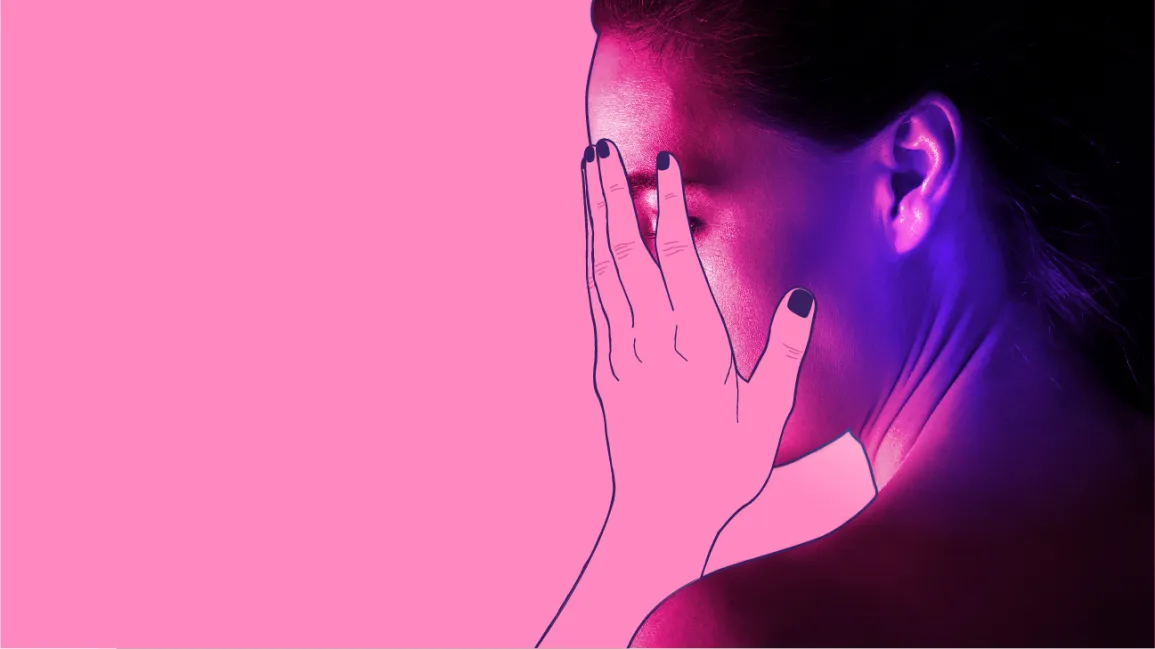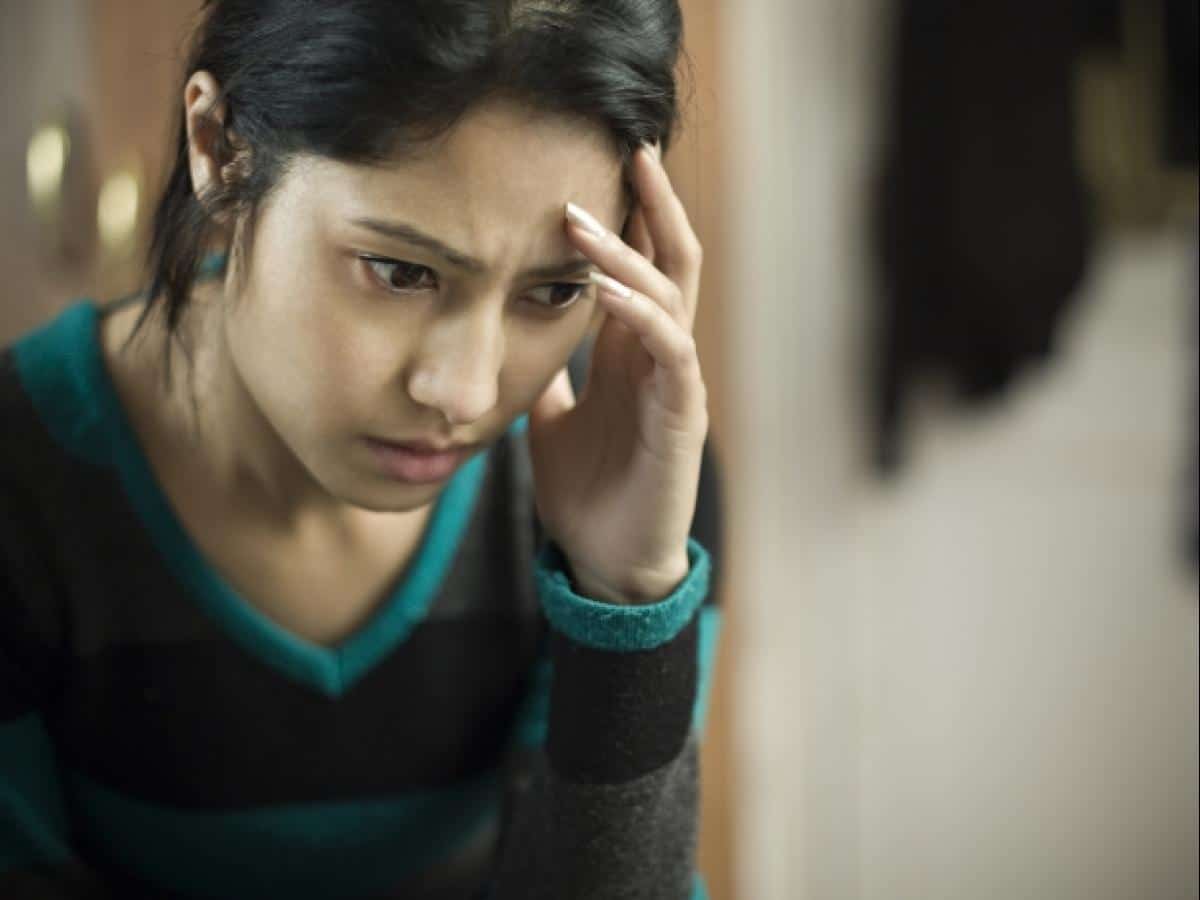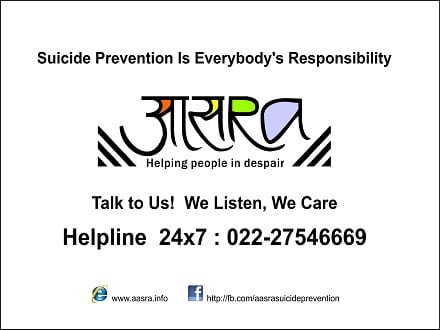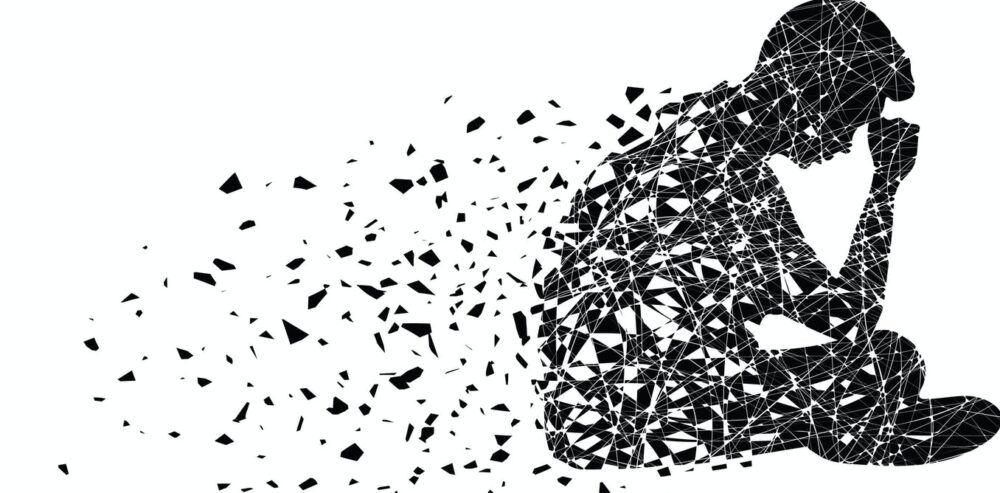Interpretations and explanations for anxiety differ according to one’s theoretical standpoint. Often attributed to inner conflicts and unconscious impulses, anxiety disorders can manifest as a psychic overflow and can sometimes result from unfortunate learning and adverse conditioning experience. We all have anxiety but it is often concealed and reduced by our defensive behavior mechanisms.
Depression and anxiety are by far the most widespread psychiatric condition in the United States, impacting 40 million adults in the United States, or 18.1 percent of the population per year.
Anxiety symptoms are easily treatable, but care is given to just 36.9 percent of those suffering.
In 2017, an estimated one in seven Indians suffer from psychiatric disorders of varying severity, with the most prominent being depression and anxiety, 46 million had depression, and 45 million anxiety disorders.

Depression
In a depressive episode, ‘ sad’ feelings are accompanied by persistent problems in other areas of life. People suffering, often experience changes in their appetite. Some feel loss of it and others find an unexplained increase in appetite.
Sleep patterns are altered with more or less shut-eye than usual, accompanied by loss of energy and interest in activities such as sex.
Diminished ability to concentrate, feeling of worthlessness, and in some severe instances, suicidal thoughts and acts are also experienced.
Depression does not result from actually getting too many or too few of any substances in the brain. Instead, several potential causes of depression occur, including deficient neural stimulation of mood, developmental susceptibility, traumatic life experiences, drugs, and medical conditions. Several of these factors are thought to combine to bring about depression.
Almost everybody faces traumatic life experiences at some stage: the death of a loved one, the loss of a career, an accident, or a worsening relationship. The early death of a spouse, crime, or sexual assault. Because not everybody facing these pressures experiences a mood disorder, stress plays an important role in depression.
Some incidents may have permanent physical, as well as mental, effects. Researchers have discovered that early unexpected loss and emotional distress may make people more prone later in life to depression.
If the person gains a conscientious awareness of the origins of the disorder, his return may be triggered by later setbacks or heartaches.
Generalized anxiety disorder
In generalized anxiety disorder, distress and uneasiness are persistent, painful, and spread across multiple situations. Such anxiety can make people thoroughly miserable and even upset the physical health. People often misconstrue the physical symptoms that may include trembling, fatigue, breathlessness, insomnia, as a sign of a physiological illness.
A sense of foreboding and a feeling of impending doom may also be mixed with physiological symptoms.
Anxiety may contribute to evasion and solitude. A lack of opportunities for stimulating interactions may result in loneliness, which further leads to a disturbed mood. For some, the feelings can stream in the reverse direction.
Feeling miserable can zap anyone of the motivation to do activities they usually love, and uneasiness can result in efforts to re-engage with the environment after being out of work.
Unlike GED, panic disorder involves specific, focused, time-bound attacks of intense fear and even terror. The panic attacks, lasting from a few minutes to an hour or even more, may include intense versions of generalized anxiety characteristics. Panic disorder is after you have suffered at least 2 psychotic episodes (you feel scared and overwhelmed, even though you are not at any risk of harm) and you are continually worrying and changing your behavior to avoid getting one again.
Generally, panic anxiety is treated by psychotherapy, medicine, or even both.

Rising depression in children and adolescents
In the United States and other developed countries, during the past half-century, the healthy interaction of children with other children has deteriorated dramatically. Kids, teenagers, and young adults are experiencing sharp spikes in anxiety, depression, suicidal thoughts, powerlessness, and narcissistic behavior.
Roughly 85 percent of children have scored greater in depression and anxiety tests, higher than the average scores for the same age group, in the 1950s.
Throughout the world, millions of people question and doubt whether kids can get depressed. Several well-educated people still assume that children cannot get depressed.
Depression in children is a real and specific psychological condition.
It is a dangerous health disorder that raises the likelihood of potential, extended, and more extreme depressive symptoms if left untreated, later in the child’s life. Clinical depression can present a risk of suicide in childhood and adolescence.

Teenage depression in India
Every hour, a student commits suicide in India, more than 40,000 students have committed suicide over the past five years.
Indian obsession with academic excellence and standardization of over-achieving has been a prominent trigger for the disorder.
There are many physiological, emotional, social, and psychological changes undergone by teenage students. In conjunction with social pressure, parental pressure, and the students’ own perceptions of themselves, these changes make this a very unstable and volatile phase.
One in four children in the age group of 13-15 years in India suffer from depression, according to a WHO report

Indian adults typically stereotype teenagers as attention-seeking weak and fragile. More than often blame is on social media use and video games, and fail to understand that parental involvement and a toxic home environment are the major contributors to all mental disorders.
The 2007 Student Health Survey observed that a healthy and supportive involvement of parents resulted in the better mental health of teenagers.
If you think you might have depression, you’re not alone. Seek help, it is okay to show you are not okay.
Also Checkout: Himalayan Figs : A New Alternative To Synthetic Pain Relievers
















